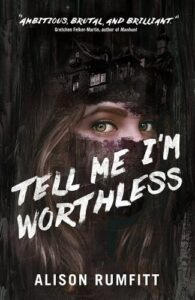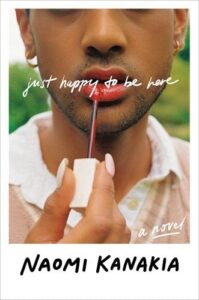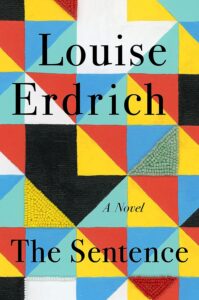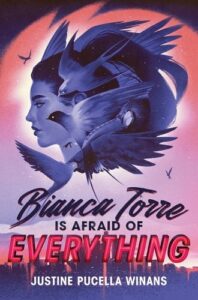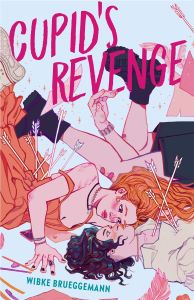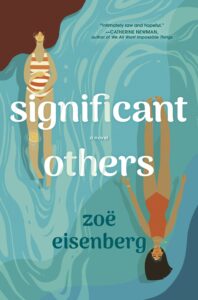
Buy this from Bookshop.org to support local bookstores and the Lesbrary!
Jess and Ren were college roommates, and they have been inseparable ever since. That’s acceptable in college, but much less common when you’re in your late 30s, have bought a house together, and co-parent a dog. They’re committed to each other, but not dating—Jess is bisexual, and Ren is straight. Jess has always been the responsible one, taking care of Ren. While Jess has a successful career in real estate, Ren is aimless, working at a bar and teaching dance classes at a gym while looking for what to do next. When Ren accidentally gets pregnant after a hookup, she decides to keep the baby, and Jess—as she always does—agrees to help. Then the father of Ren’s unborn baby reappears in their lives, and everything gets a lot more complicated.
College had been full of friendships like ours, when it was natural, normal, to wear each other’s clothes, to do one another’s eyeliner with stoic concentration as warm breath washed over our faces in comforting waves. It was only later that we seemed to mystify people, as if the normalcy of our specific kind of closeness had an expiration date, like milk.
At the beginning of this story, it felt so cozy. I loved the idea of this found family and their unconventional living arrangement. They discuss how romantic relationships are seen as more reliable than their decades-long friendship, and even Ren’s brother, who lives with the two of them, thinks Jess must secretly be in love with Ren.
But despite their closeness, this isn’t an idyllic found family. There is so much under the surface of Jess and Ren’s relationship. Like with many relationships (romantic, familial, friendship) that have gone on for many years, every argument has a dozen other arguments bubbling beneath the surface. A lot of their dynamic with each other has been something they’ve passively let develop instead of actually questioning what they want from this relationship and why. The tension between that cozy, comforting notion of building a life together with a friend and the reality of their flawed relationship really got to me. There’s something so beautiful and sad about this story.
In the middle of the afternoon I might receive a snapshot of the remnants of her lunch. The grainy crust of a sandwich. A half-eaten container of yogurt. Killed it, the note would read. We’d had this type of exchange a thousand times. Two thousand. Unexceptional. Ordinary. The way truly intimate things usually are.
Then, of course, there’s the pregnancy—and the father, Quincy. Quincy is…fine. He’s not a terrible person. I can see how people could find him charming. But for me, when you’re getting a story about this complex relationship between two women and then some dude comes stumbling into it and messing everything up, I’m going to resent that guy! I own that as a flaw of mine as a reader. Despite him not at all being a villain, and in fact being similarly flawed and human to Ren and Jess, I never fully got over my irritation with him, even if ultimately he might have been a necessary catalyst.
I watched them for a bit trying to determine whether they were friends or partners, sisters, maybe cousins, before deciding it didn’t really matter, because there they were, enjoying one another.
Despite this not being a plot-driven book—it’s a portrait of these characters and how they interact with each other—I find it difficult to discuss without spoilers. (vague spoilers) I will say that this did make me cry, and that although the ending isn’t what I wanted, on reflection, it’s the one that makes sense. Was the connection between Jess and Ren an inspiring platonic partnership, or a codependent friendship? Both, of course, and maybe neither. This is a bittersweet story that left my heart aching. (end of spoilers)
One aspect I’m not sure how I feel about is that this is set in Hawaii, and protests and politics (about tourism, telescopes, water, colonialism, and more) are often mentioned, but they are playing out in the background, not a focus of the narrative.
If you’re looking for a fluffy story of found family and the power of friendship, this might not be the best choice: it gets into how these relationships are just as fraught as romances. But if you’re looking for a portrait of a complicated relationship between two women, I highly recommend this one.



